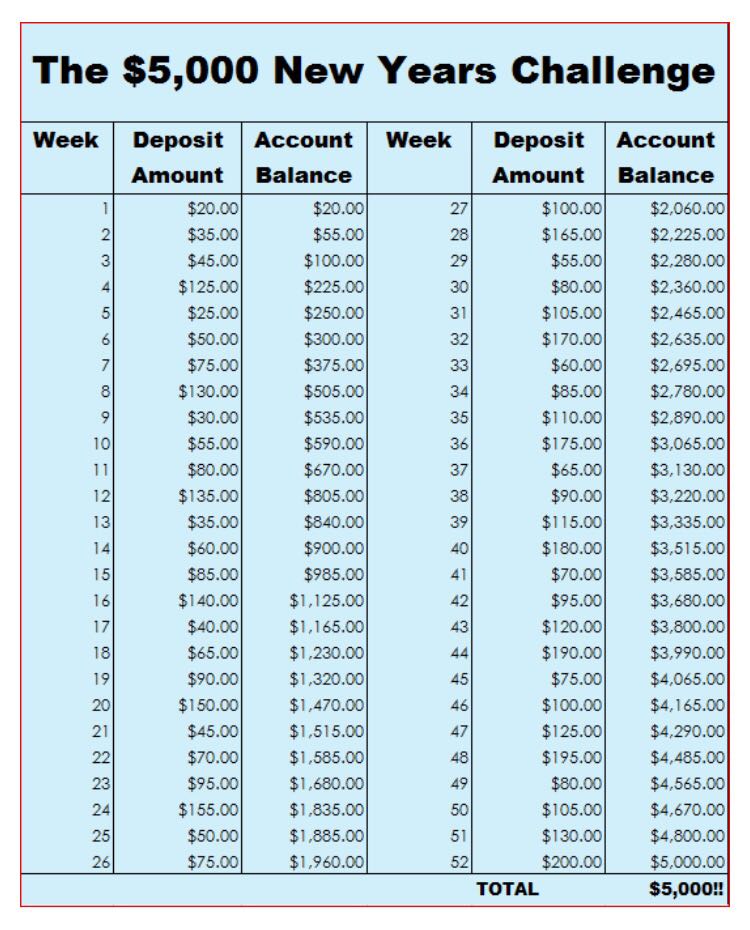

Think about all the taxes you pay to the government in the form of automated payments from your paycheck. Read more: 16 ways to save more money this year Use automated savingsĪutomated savings - or lack thereof - could end up being what makes or breaks your plan. Anything you can give up in terms of unnecessary expenses is found money!

From there, you can create a plan but also be realistic about what will really work for your budget. This is why taking a look at your past spending habits is a good first step. So in order to reach that $1,000 emergency fund goal, it would take you about four months.īut - and this is a key step - you want to make sure your goals are realistic - otherwise it will be easy for you to get discouraged and give up. If you make $2,500 a month in take-home pay (about $50,000 annual salary) and save 10% each month, you’d be able to put away $250 each month. Let’s say you want to build up a $1,000 emergency fund - money you can tap into in case an unexpected expense comes up (like a car repair or medical bill). Sometimes a good way to devise a plan is to work backwards from your end goal. Whatever the amount, start with something - and you’ll likely figure out pretty quickly that you won’t even miss that money anyway. If you feel that you’re behind on saving, you may decide to save $.15 or $.20 out of ever dollar you make.

Many financial experts say to ‘pay yourself first,’ meaning every time you get paid, save a percentage of your income before you do anything else. It is recommended to save at least a dime of every dollar you make, but if you can’t do a dime, start with penny and work up from there. Create a plan.īased on your overall goals, knowing where you are and how much you can devote to saving, create a plan around it. Here are some tools and apps to help you create a budget that works for you. The best way to do this is to create categories based on previous months’ expenses, then tweak a bit if you had any expenses in your statements that didn’t align with your values. In addition, if you don’t yet have a budget, now would be a good time to create one. And that way, the money goes into savings before you have a chance to spend it. If there is anything that you don’t want to spend money on, cut it! And if you want to stick to that decision, figure out how much you were previously spending on that unnecessary expense, and then set up your paycheck’s direct deposit feature to send that amount directly to a savings account (just make sure you are still leaving enough money to cover necessary monthly bills etc.). Is there anything that needs changing? Where do you want your money to go? Pay special attention to anything that stands out to you and take note of what things you might be spending money on that don’t align with your values. Take a look at all of your bank statements, credit card statements, debts and savings you have - and then take a step back to see the big picture. It might be scary at first, but looking at where you are is key to where you’re going. Maybe you want to save for your children’s college education. Regardless of the end goal, what is your why? Write this down, then put it in a visible place to remind yourself daily! 2. So, why do you want to save money? Is it because you want to live comfortably in retirement? Or maybe you want to travel and see the world. Perhaps you want to prepare in case something unexpected happens in your life. The people who are the most successful at something have a strong ‘why’ behind what they are doing. So if you’re one of those people who want to save more money this year, check out these savings tips on how to set your plan and avoid getting off track! 7 tips to a successful savings plan 1. Of the top six answers, which included weight loss, better health and living life to the fullest, over 30% of people wanted to save more and spend less, while nearly the same amount said they wanted to pay off debt. GOBankingRates recently conducted a survey and asked people, “What are your 2016 resolutions?”


 0 kommentar(er)
0 kommentar(er)
